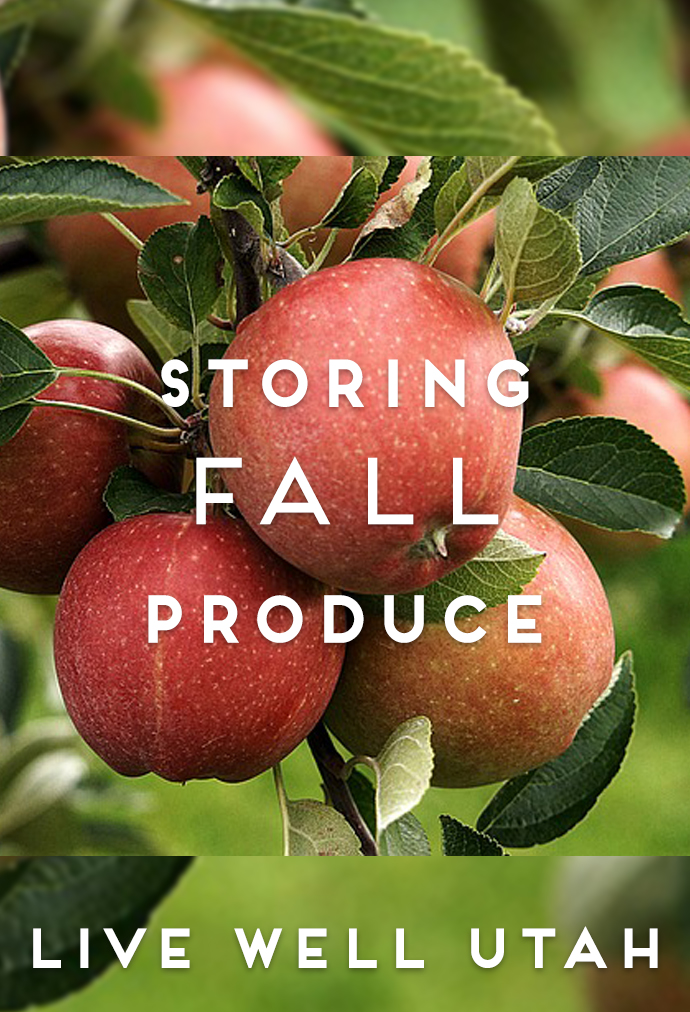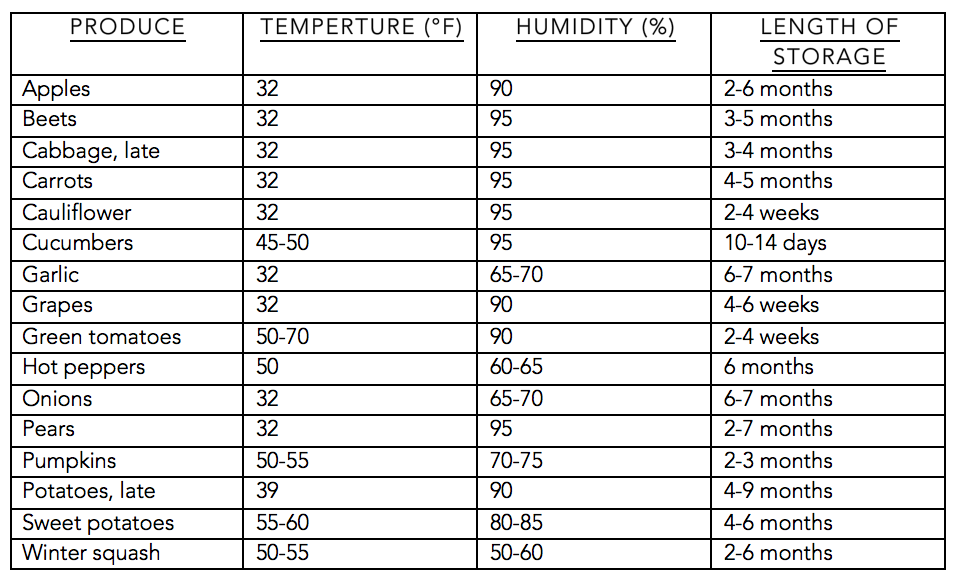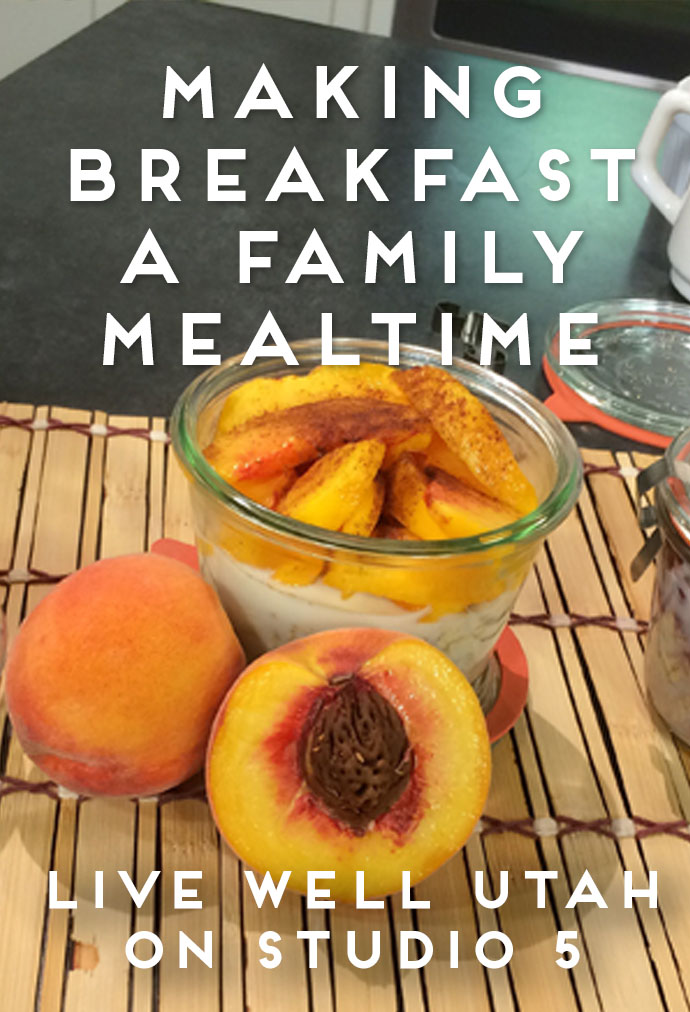
Don’t let your beautiful fall produce go to waste!
Carrots, and Apples, and Onions! Oh, My!
Fall is a fabulous time to glean from the summer growing season some of the best produce, apples, pears, winter squash, root vegetables, and more.
Once harvested it is important to store these wonderful foods properly in order to maximize length of storage, nutrition, and freshness.
There are two important considerations for storage: humidity and temperature. Each food has its own ‘best temperature and humidity’ zone for optimum storage. These conditions may be controlled in a number of different storage spaces, but each have their advantages and disadvantages.
Cool Basements
While most basements average around 60°F it may not be the most ideal conditions for some types of food storage.
Refrigerator
This option is a great way to store small amounts of produce that require cold or cold and moist conditions.
Root Cellars
Root cellars are nice in areas that have cold winters where there is moisture as well, but are subject to rodents and inconvenient access during storms or lots of snow.
Mock Root Cellars
Mock root cellars are storage conditions designed or built specifically to take advantage of cold weather, but are safe from rodents and possible freezing. These can be old coolers buried in the ground, under a porch, or next to the house. Some have built specially designed boxes in breezeways, sheds, or in the garage.
Along with each of these options, it will be important to choose the packing options best suited for the produce and form of storage used. Packing options include straw, newspaper, clean sawdust, peat moss, or even clean dirt or sand.
Whether you are harvesting your own garden produce, or buying it locally in season, these few tips will be valuable to keep in mind:
1. Harvest produce as close to peak maturity as possible.
2. Use only the best produce for storage…free from bruises and blemishes.
3. Avoid any produce that has severe insect damage.
4. Leave as much of the stem on as possible…at least an inch or more on most veggies is best to reduce water loss and avoid infection.
5. Choose ‘late maturing’ varieties for storage.
The following chart may be helpful in determining the storage environment best for these foods.

*One last note: Store fruits separate from vegetables. Fruits pick up the taste of other veggies and veggies will age faster from the ethylene gas produced from fruit.*
References:
Isenberg, F. M. R. Storage of Home Grown Vegetables. Cornell University Department of Vegetable Crops, Master Gardener Reference.
Olsen, S., Drost, D., Hunsaker, T. Harvest and Storage of Vegetables and Fruits. Utah State University Extension, FN/FoodPreparation/2015-02.
Storage Guidelines For Fruits & Vegetables. Cornell Cooperative Extension, Chemung County. http://www.gardening.cornell.edu/factsheets/vegetables/storage.pdf
This article was written by Teresa Hunsaker, Extension Finance and Consumer Sciences Agent, Weber County.





